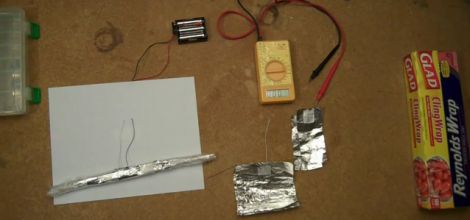
[Kevan] has been hard at work latley developing a Gameboy cart dumper, and while there are a few loose ends to tie up, the device is functioning fine to build up his collection. Running an AVR (mega 16?) and a FTDI chip for the usb connection, the device reads the game’s ROM and SRAM, and can also write the SRAM if you want to load your save games on to the real cart.
On the pc side of things, the device is communicated with using a generic HID protocol and can hit speeds from 16Kbps (currently) to around 64Kbps (soon). A python script currently handles the data stream, but for the rest of us there is a GUI version in the works for both *x and windows.
Also in the works is a redesigned PCB. There were a couple issues and you can see the jumpers, and though we think it adds a little character, it would be good to have fixed in the future.















